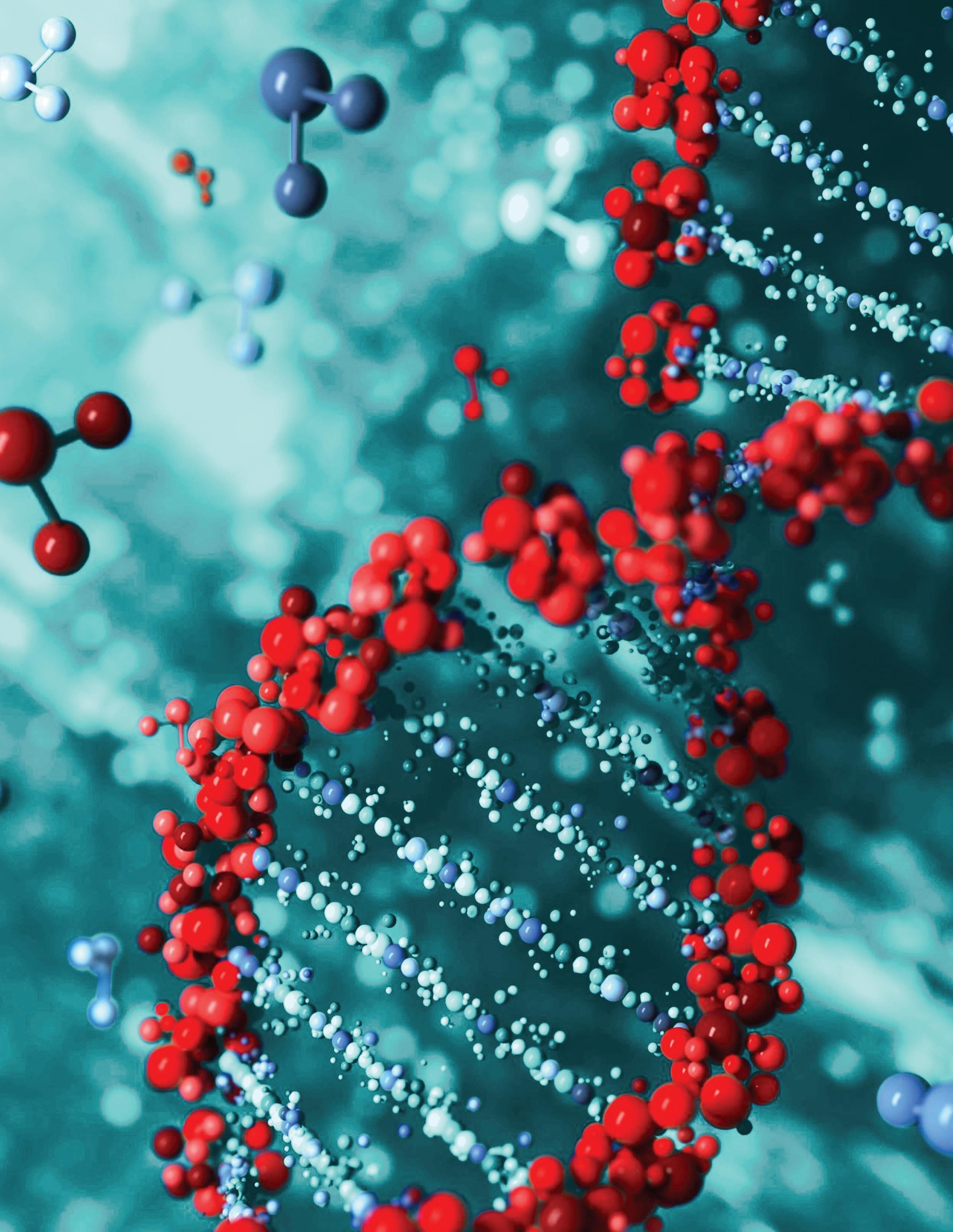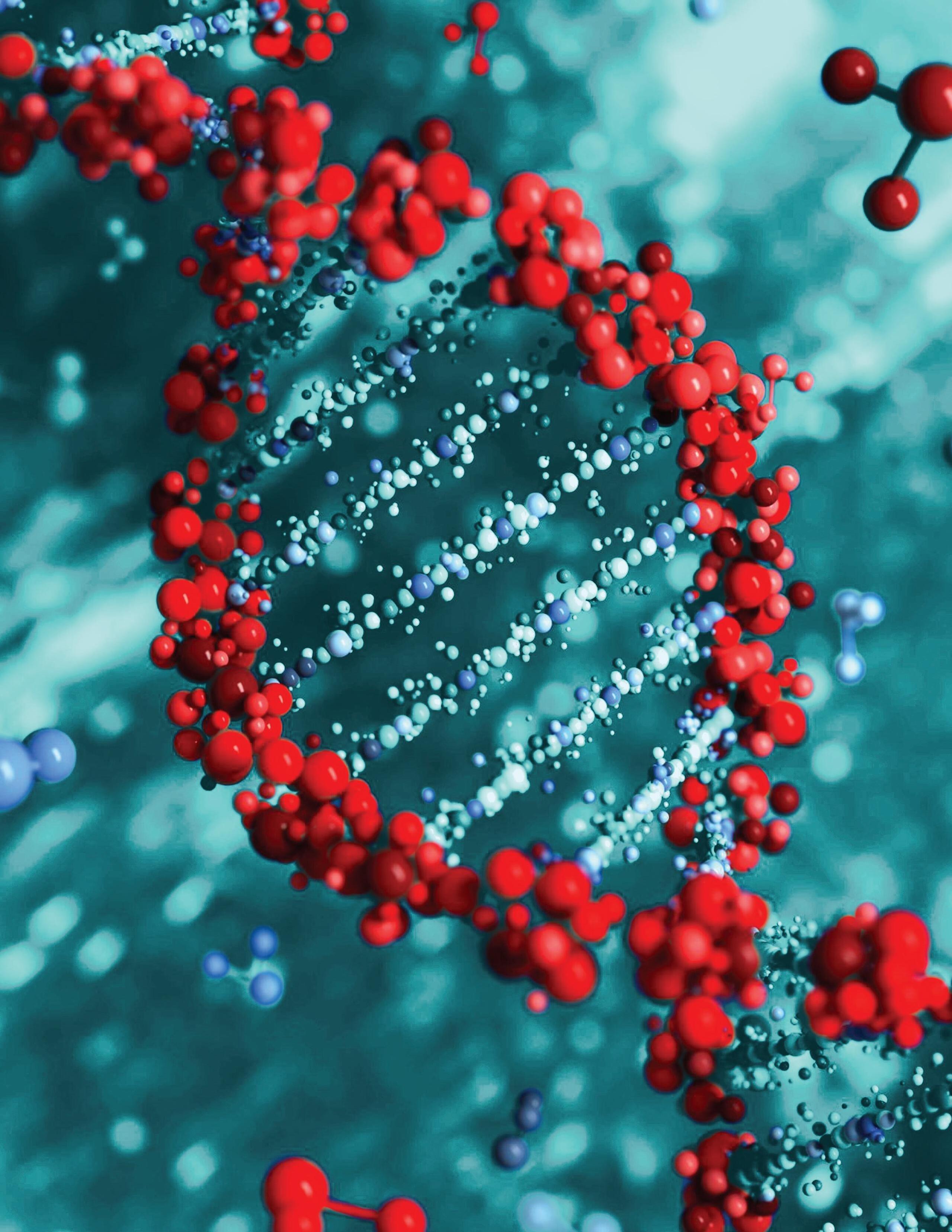




MAY 8, 2025
UNIVERSITY OF UTAH HEALTH RESEARCH UPDATE
Rachel Hess, MD, MS
Associate Vice President for Research—Health Sciences
Mario Capecchi, PhD
2007 Nobel Laureate
Professor, Department of Human Genetics
DRIVEN BY CURIOSITY
Wesley Sundquist, PhD
Leo T. and Barbara K. Samuels Presidential Endowed Chair
Chair, Department of Biochemistry
A New AI-Based Approach for Disease Diagnosis and Personalized Medicine
Justin Bosch, PhD
Assistant Professor, Department of Human Genetics
Harnessing Lean Fat Cells to Kill Breast Cancer
Keren Hilgendorf, PhD
Assistant Professor, Department of Biochemistry
From Blind to Precise: Life-Saving Accuracy in Brain Surgery
Shervin Rahimpour, MD
Assistant Professor, Department of Neurosurgery
Philanthropic Partners was established in 2024 to ignite innovation in today’s challenging climate. Motivated by the pursuit of discovery, the group strategically targets vital areas of research with pooled philanthropic resources to propel straightforward ideas that form the bedrock of exceptional scientific achievement. As the Philanthropic Partners empower the most brilliant minds to push the boundaries of their abilities and venture into uncharted territories, they pave the way for a brighter and more promising tomorrow.
Philanthropic Partners collectively work to accelerate discovery, innovation, and collaboration by serving as advocates and early philanthropic investors in high-risk, high-reward research. Membership years follow the academic calendar (July 1–June 30), and partners are expected to attend the annual research presentation in the fall and cast a funding vote at the meeting; attend the funded researcher progress-to-date meeting each spring; support the Philanthropic Partners Fund through a minimum annual gift of $25,000 (one seat), payable in full by June 30 for the upcoming academic calendar year; and commit to four years as a partner.
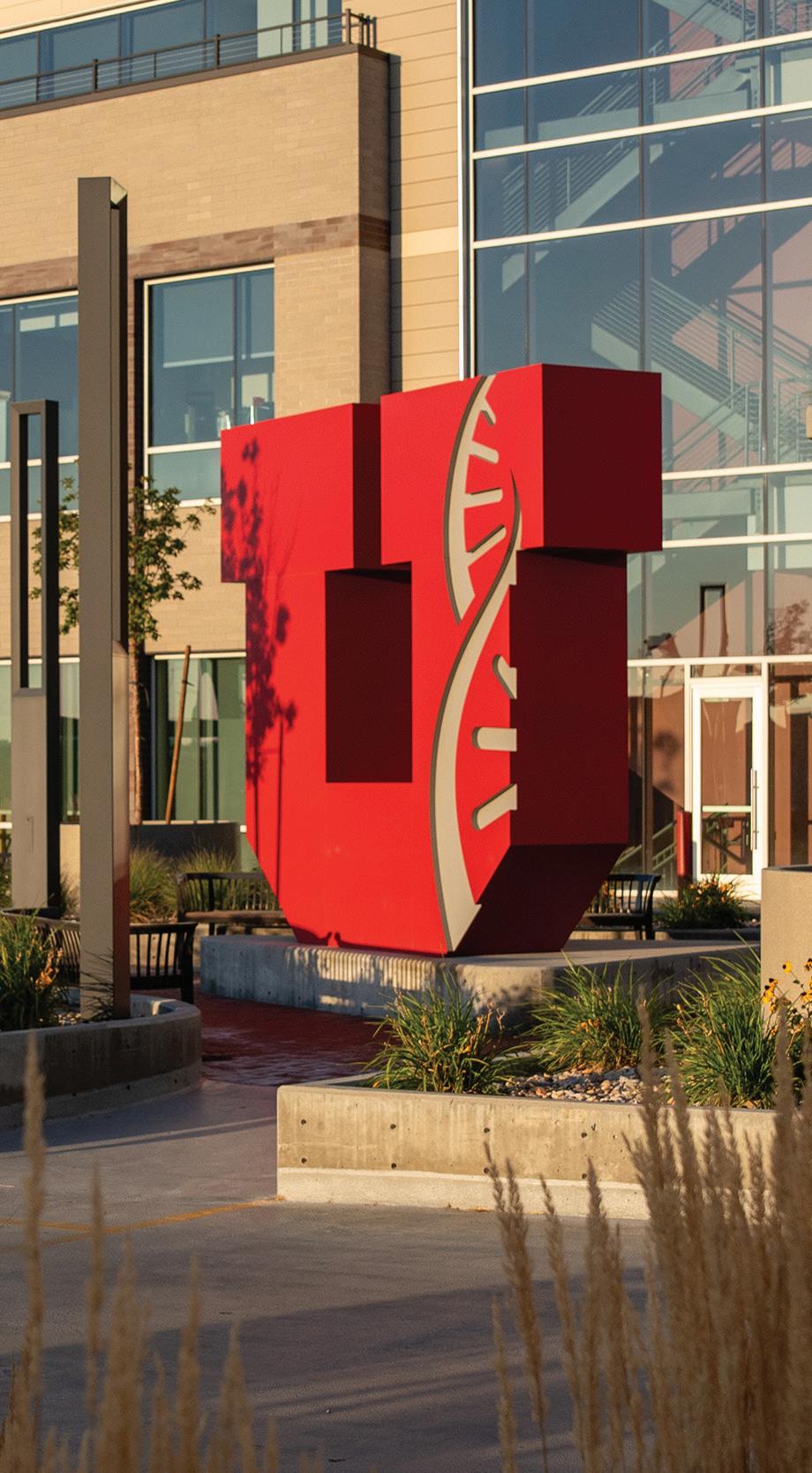
2024 Philanthropic Partners Award: $50,000
Justin Bosch, PhD, Assistant Professor, Department of Human Genetics; Aaron Quinlan, PhD, Professor and Chair, Department of Human Genetics
A major challenge in genomic medicine is determining which of the millions of changes—or variants—in our DNA code lead to disease. A missense variant changes how proteins are made, potentially affecting their ability to work correctly with other proteins to carry out important functions in the body’s cells. However, 98% of missense variants have not yet been classified as harmful or benign, hindering disease diagnosis. Using an advanced AI tool called AlphaFold, the team will predict the impact of missense variants on hormone-receptor interactions, which play critical roles in conditions like diabetes and obesity. The new data could improve disease diagnosis and lead to new therapeutics.
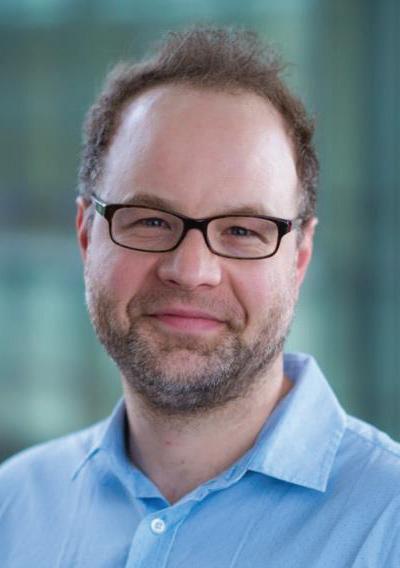
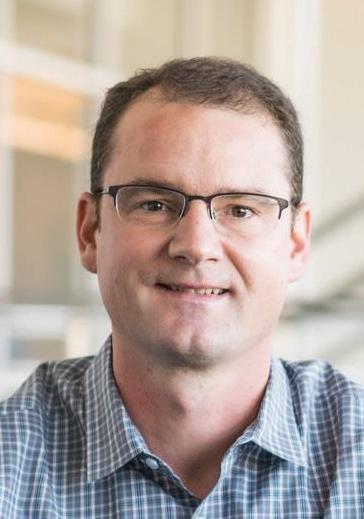
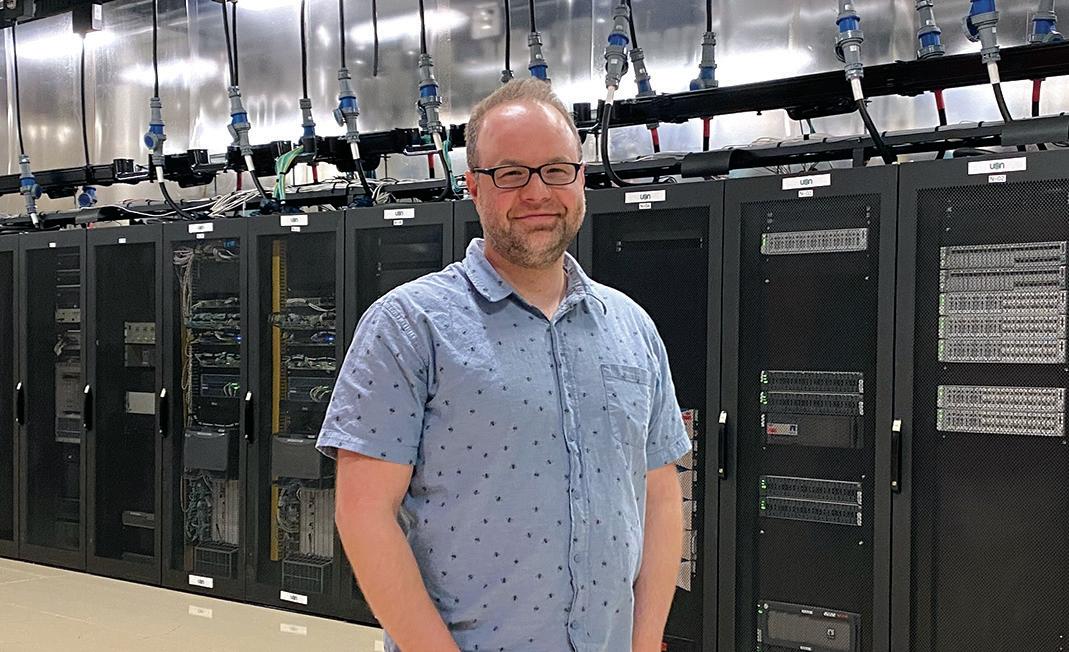
To date, all funds awarded from the Philanthropic Partners were expended to purchase a Lenovo ThinkSystem SR675 V4 high-performance computing server with eight Nvidia L40S graphic processing units (GPUs). This machine has been installed at the Center for High Performance Computing (CHPC) at the downtown data center. The total cost was $62,266 ($61,366 computer + $900 installation fee). Lab startup funds covered the difference.
This data center computer runs AlphaFold. A long lead time for purchasing and installing the computer slowed the project slightly. The GPU was purchased on December 16, 2024, and installed on February 27, 2025. Now that the GPU is installed, the team has been able to generate and begin analyzing a massive dataset involving variants of insulin and insulin receptor binding. Following this analysis, the team will proceed with similar efforts on additional hormone receptor pairs, processing as many as possible over the next year (potentially up to 200).
Dr. Bosch was invited to speak about the project at the Department of Biomedical Informatics Seminar Series, and colleagues at the U and beyond are interested in collaborating to perform similar AlphaFold computational approaches for their research projects.
2024 Philanthropic Partners Award: $50,000
Keren Hilgendorf, PhD, Assistant Professor, Department of Biochemistry; Member, Cell Response and Regulation Program, Huntsman Cancer Institute; Meghan Curtin, 5th Year PhD Candidate, Department of Biochemistry
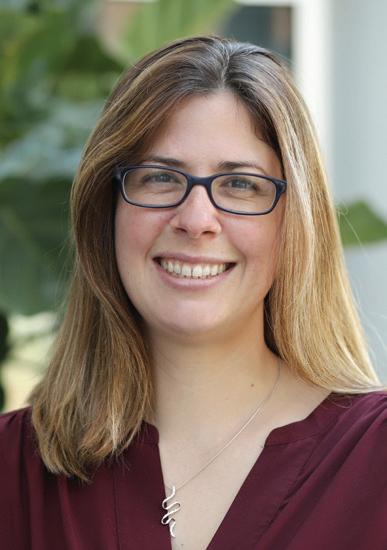
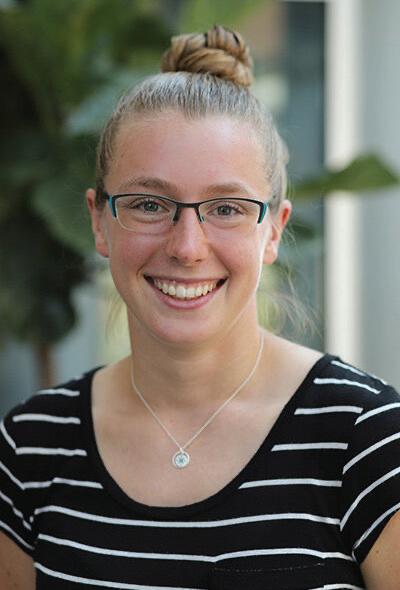
Breast cancer affects one in eight women and results in over 40,000 deaths annually in the US. Obesity is a major risk factor for 13 types of cancer, including postmenopausal breast cancer, where obesity is associated with a 30-50% increase in incidence. Obesity also increases the risk of large, high-grade tumors, metastasis, and recurrence regardless of menopausal status. Forty percent of US women are obese, and rates are expected to continue rising. Despite these startling statistics, we do not fully understand how obesity is linked to breast cancer, and there are no therapies that target obesityaccelerated breast cancer.
Fat tissue is the major tumor microenvironment of breast cancer, and it undergoes dramatic changes with obesity. The Hilgendorf Lab previously identified a lipid (9S-HODE, derived from dietary linoleic acid) that is secreted by lean fat cells and kills breast cancer via a form of cell death called ferroptosis. As obese fat cells do not secrete 9S-HODE, the team hypothesizes that breast cancer is accelerated in patients with obesity due to its absence and proposes a novel therapeutic approach focused on re-activating and augmenting this tumor suppressive mechanism in breast cancer patients with and without obesity.
Breast cancer cells injected into the mammary fat pad of obese mice grow significantly faster than when injected into lean mice. The team administered a daily ferroptosis inhibitor to tumor-bearing mice, and breast cancer growth significantly accelerated in the lean mice with no acceleration in the obese mice. Thus, breast cancer cells in lean mice are actively undergoing ferroptosis, contributing to the difference in tumor growth observed in lean versus obese mice.
Aim
The team administered 9S-HODE to breast cancer tumors in the obese mouse model. Breast cancer growth was significantly inhibited in this group, showing that 9S-HODE is sufficient to suppress the disease in these mice. Based on these data, the team will test if administering additional 9S-HODE to lean mice will inhibit breast cancer growth further and extend the analysis to a second, immunocompromised strain of mice in which we can grow human breast cancer cell lines.
Aim
The team is collecting human breast tissue from lean and obese patients and will analyze the tissue for ferroptosis once 5-10 are secured for each category.
2024 Philanthropic Partners Award: $50,000
Shervin Rahimpour, MD, Assistant Professor, Department of Neurosurgery; Kyril Cole, MD, MPH, MBA, Neurosurgery Research Fellow; Jordan Johnson, MS, MD Student; Travis Hotchkiss, MS, MD Student; Matt Findlay, MD Student
To relieve pressure from the brain after a traumatic brain injury, neurosurgeons use a device called an external ventricular drain (EVD). When this procedure is performed at the bedside, it is often done imprecisely and without the use of any navigation, putting the patient at risk for further injury. The team seeks to improve this procedure by developing a device that uses ultrasound technology and advanced 3D imaging to give a real-time view of the brain as the drain is inserted. The study aims to make these procedures faster, safer, and more precise, with potential application in other critical procedures such as brain biopsies and heart surgeries.
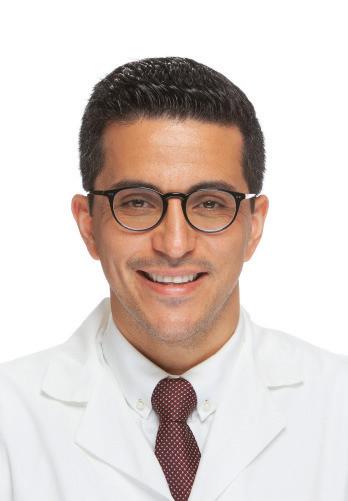
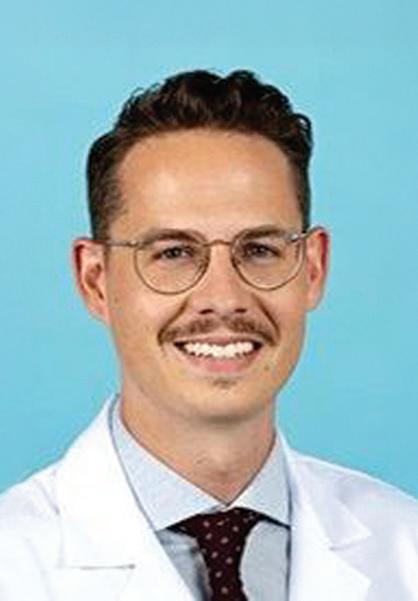
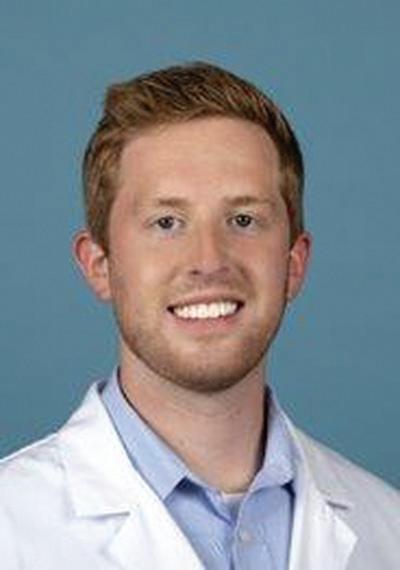
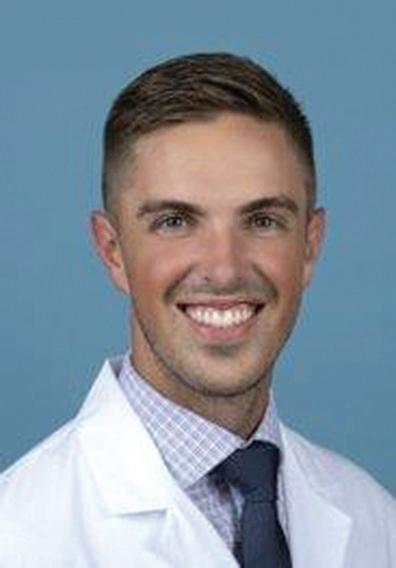
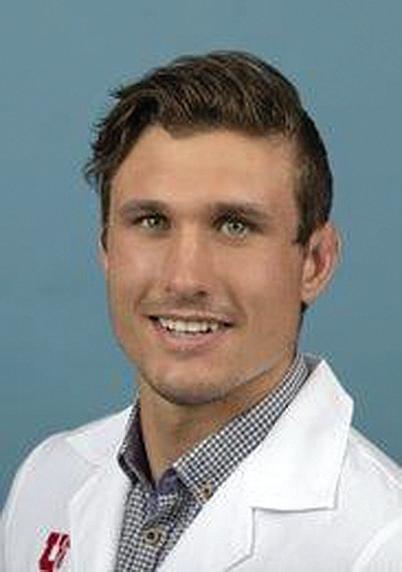
To date, approximately half of the awarded funds have been expended. These resources allowed the team to purchase advanced equipment, including high-performance ultrasound pulsers and oscilloscopes, and to partner with a leading transducer manufacturer. This collaboration produced refined prototypes based on benchtop specifications, substantially enhancing the experimental precision and data quality.
The team is ahead of schedule and recently completed the first cadaver study, where the prototype successfully identified ventricular anatomy—an essential milestone demonstrating clinical feasibility. No critical barriers have arisen, iterative design and testing remain part of the workflow, and progress has been steady—and often faster than projected—due to the quality of resources now available.
Three additional cadaver studies are scheduled for completion by mid-June. The remaining funds will support prototype iteration, validation studies, and regulatory preparation. The team plans to prepare for FDA 510k clearance by starting pre-clinical animal testing as part of their development phase and ultimately performing a first-in-human trial.
Key
» Significantly improved prototype performance in both benchtop and cadaver settings
» Developed initial machine-learning algorithms to enhance real-time signal interpretation
» Submitted two Small Business Innovation Research (SBIR) grant proposals using preliminary data generated from Philanthropic Partners Group funds
